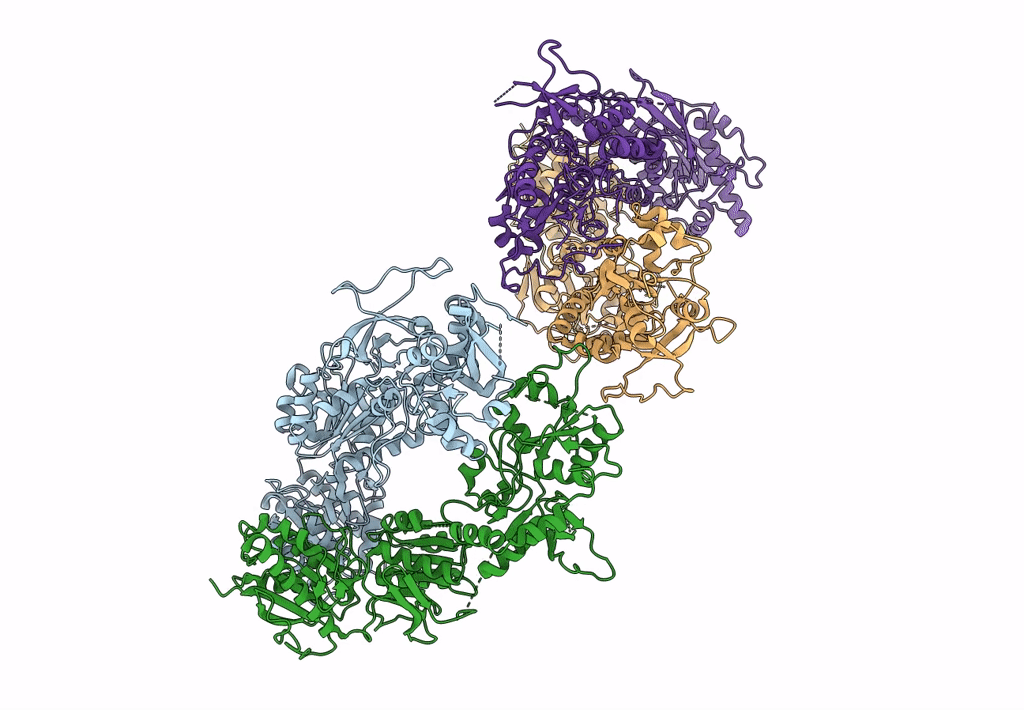
Deposition Date
2016-03-09
Release Date
2016-04-20
Last Version Date
2024-03-06
Entry Detail
PDB ID:
5IPT
Keywords:
Title:
Cryo-EM structure of GluN1/GluN2B NMDA receptor in the DCKA/D-APV-bound conformation, state 5
Biological Source:
Source Organism:
Xenopus laevis (Taxon ID: 8355)
Host Organism:
Method Details:
Experimental Method:
Resolution:
14.10 Å
Aggregation State:
PARTICLE
Reconstruction Method:
SINGLE PARTICLE


